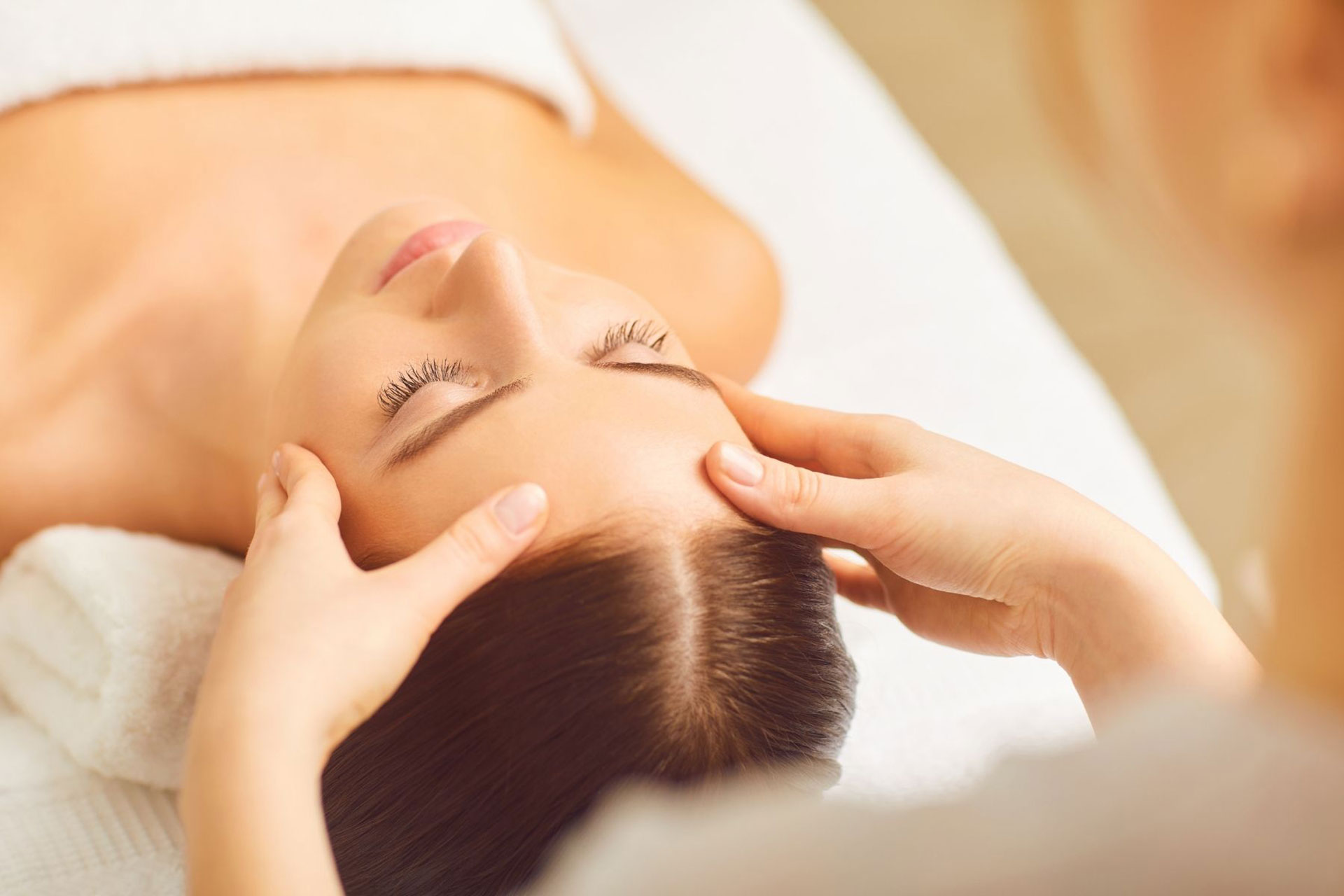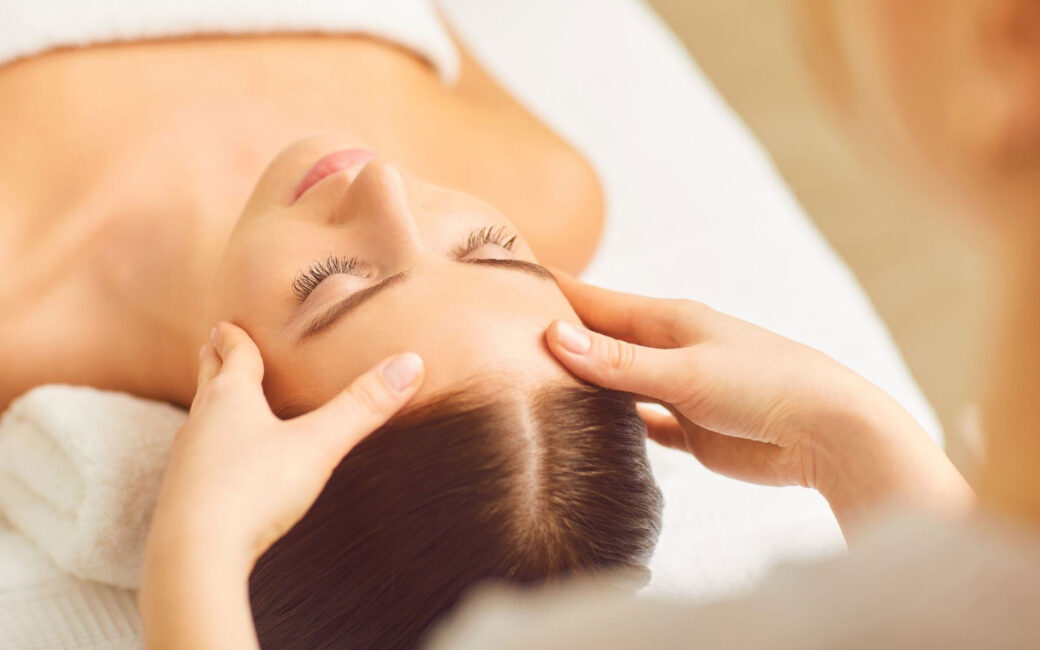How a massage can decrease stress
Massage therapy has been shown to have innumerable benefits, both on body and mind. It has been shown to reduce stress, improve circulation, lower heart rate, and improve immune function, among other positive effects on body systems.
May 17, 2022 | Ashley Moriarty, DPT, OCS

Massage therapy has been shown to have innumerable benefits, both on body and mind. It has been shown to reduce stress, improve circulation, lower heart rate, and improve immune function. It can also help relax you after a stressful day or alleviate trigger points due to injury. There are various types of massage, different techniques, and a variety of purposes behind it, but all involve manipulation of muscles and other soft tissue by a licensed massage therapist. But overall, massage can be summed up like this: it can help you to recover and feel better, both physically and emotionally.
Types of massage
While there are many types of massage, I will cover some of the more common ones. The first, Swedish massage, is generally thought of as a relaxation technique, and it uses a gentler level of pressure than others, aimed at releasing tension.
Deep tissue massage uses similar techniques to Swedish massage, including tapping, vibration, sliding and lifting the soft tissue. However, the main difference lies in the amount of pressure used, as deep tissue massages apply more of it.
Finally, trigger point therapy involves finding specific trigger points within the muscle and applying sustained pressure to decrease the tightness and increase blood flow to that area. This can be done in combination with other types of massage.
Massage and its effects on the body
While these methods used various techniques, they all provide numerous shared benefits. One of the more significant benefits is that it can help decrease mental stress via its effects on the nervous and endocrine systems. This is caused by an increased release of dopamine, serotonin, and endorphins, and can help boost mood.
Additionally, massages also help decrease levels of cortisol (the stress hormone) in the body, which can lead to improved sleep, and therefore result in better recovery after exercise and rest.
A massage can also help balance out our sympathetic and parasympathetic nervous systems. It is theorized that a short massage can stimulate our sympathetic system – what determines whether we fight or flight – and make people feel more energized, while a longer massage allows for more time to disengage the sympathetic system and engage the parasympathetic system – rest and digest.
Other body systems are also positively affected by massage, such as the cardiovascular system, lymphatic system, and of course, the musculoskeletal system. Some cardiovascular effects include increased blood flow (which in turn increases oxygen, red blood cells, and nutrients to the area), decreased heart rate, and decreased blood pressure. Lymphatic system benefits included decreased swelling and inflammation, decreased scar tissue, and improved circulation.
Finally, the most obvious effects are those on the musculoskeletal system: decreased physical stress, increased mobility and range of motion, decreased fascial restrictions, decreased trigger points, decreased pain, improved stiffness, improved muscle tone, better post-surgical recovery.
However, while we can name the effects of massage on various body systems, it is important to remember that all of these systems work together, influence each other, and are uniquely linked. The effects of massage are compounded for the ultimate effect: decreased stress, for both the body and mind.

Ashley Moriarty
Ashley Moriarty, DPT, OCS, ATC, is a board certified orthopedic clinical specialist and certified dry needling specialist based in New Canaan.
